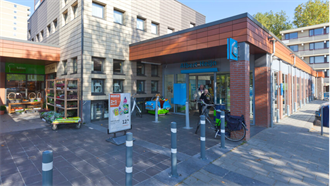Universities, developers and investors need to cater to new generation student demands for more flexible and diverse living and learning spaces, delegates heard at the The Class of 2020's recent conference in London.
MAGAZINE: Making the grade on student housing
- In Magazine highlights
- 14:48, 15 April 2019
Premium subscriber content – please log in to read more or take a free trial.
Events
Latest news
Best read stories
-

Trei invests €44m in Polish retail parks over 2024
- 19-Dec-2024
International developer and asset holder Trei Real Estate has concluded 2024 with the opening of its 41st Vendo Park in Poland.
-

-
- 19-Dec-2024
CDC snaps up Paris office from Deka

-

-





























